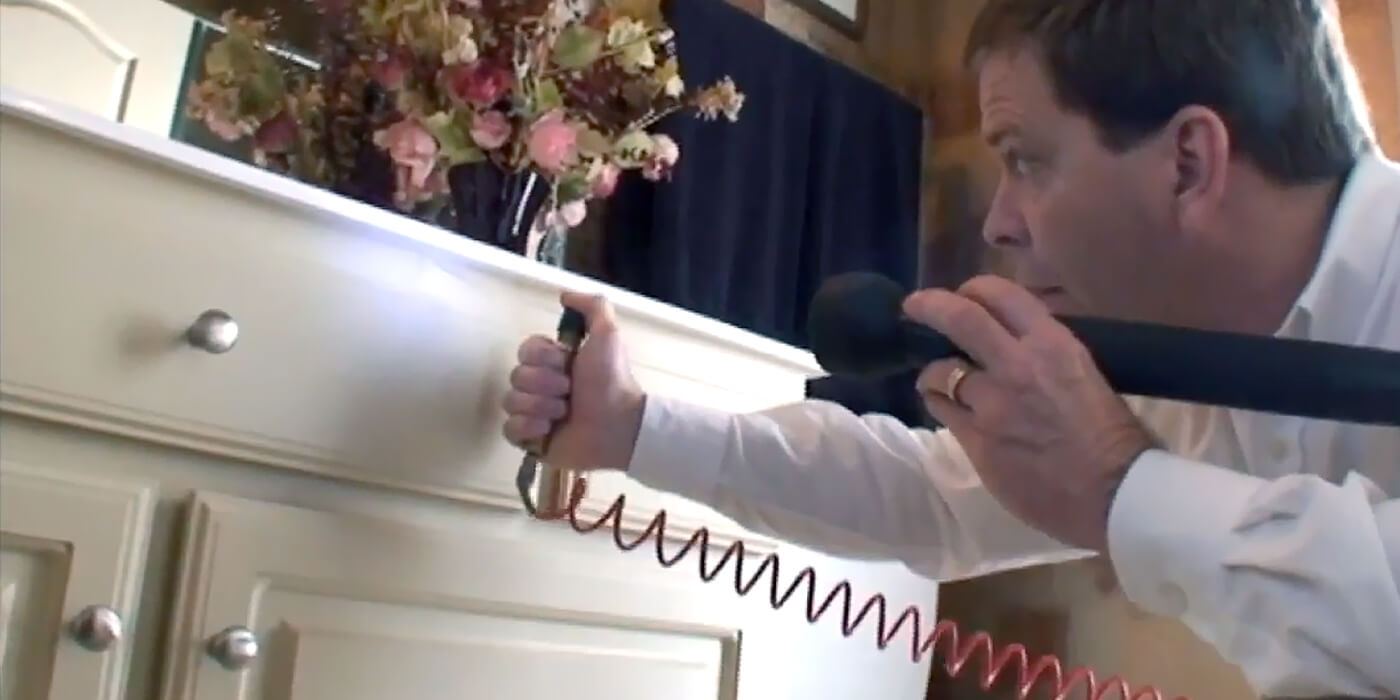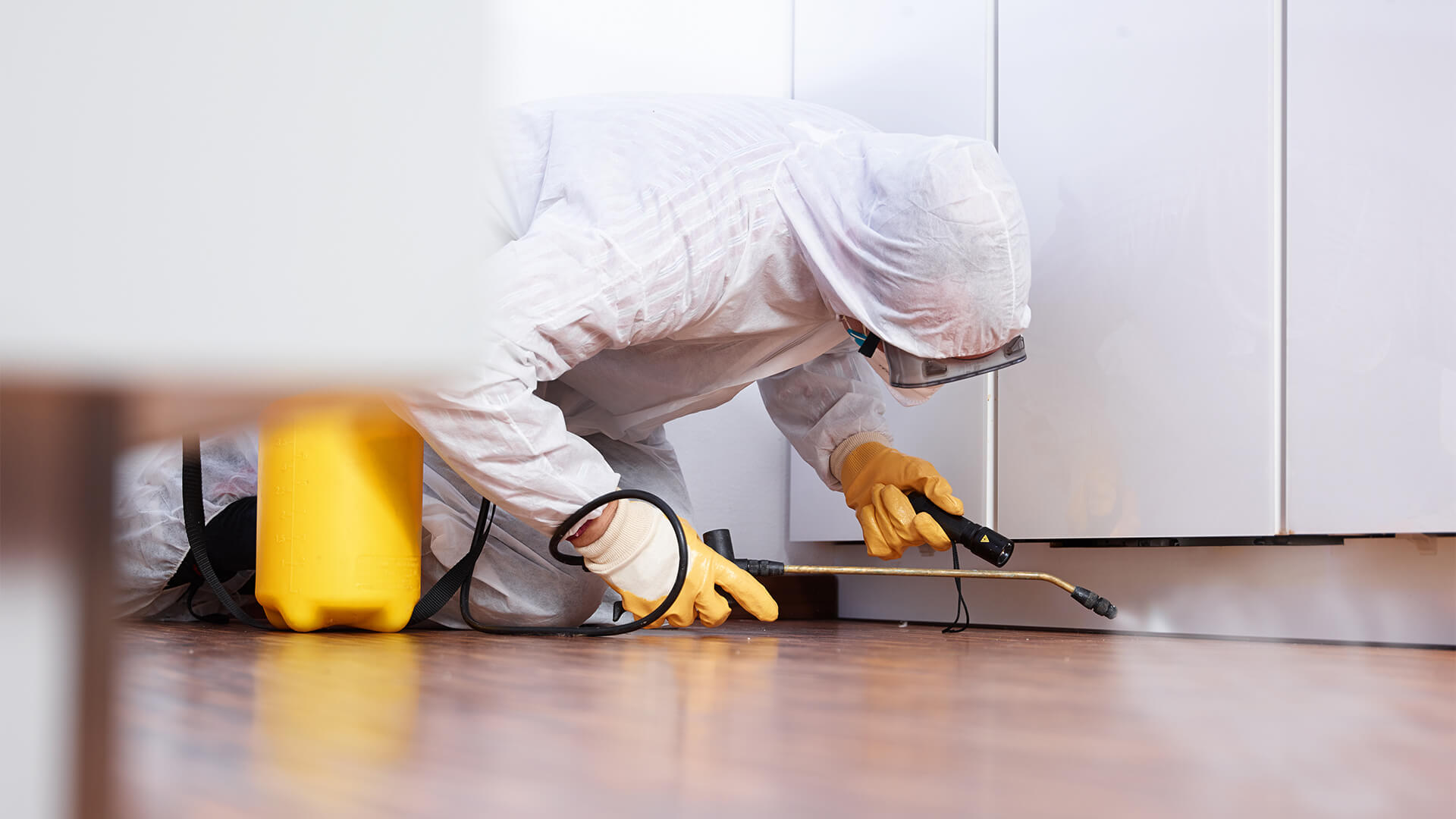A1 Pest Control Portland Bed Bugs - Expert Elimination Services
Wiki Article
Efficient Pest Control Services: A Thorough Consider Extermination Techniques and Prevention Measures
In the world of parasite control solutions, the effective management of infestations requires a meticulous strategy that integrates various techniques and steps for both elimination and prevention. From Integrated Insect Management (IPM) techniques that focus on sustainable options to chemical elimination strategies made for targeted elimination, the arsenal versus pests is huge and complex. Biological control techniques and physical avoidance measures use alternative paths to efficiently combating undesirable trespassers. Nevertheless, the trick to a detailed pest control plan lies not simply in the strategies themselves, yet also in the thorough professional inspection procedures that precede and educate them. By understanding the details of each method and how they interplay, one can truly comprehend the complexity and efficiency of modern-day bug control services.
Integrated Parasite Monitoring (IPM) Techniques
Integrated Insect Monitoring (IPM) Techniques encompass a thorough approach to pest control that concentrates on avoidance, control, and tracking methods to effectively manage parasite populations. By incorporating numerous techniques, IPM intends to reduce the influence of pests while likewise decreasing the dependence on chemical pesticides. Prevention lies at the core of IPM, highlighting methods like proper hygiene, upkeep of health, and securing entry indicate hinder insects from infesting buildings. Tracking plays an important duty in IPM by regularly checking and recognizing parasite levels to establish the appropriate intervention thresholds. Control techniques in IPM prioritize using physical, biological, and cultural methods prior to transforming to chemical therapies as a last hope. These strategies include introducing natural predators, habitat adjustment, and using capturing tools to maintain pest populations in check. In general, IPM cultivates a sustainable and ecologically mindful strategy to pest monitoring, advertising lasting remedies that secure both human health and the environment.Chemical Extermination Strategies
Chemical extermination techniques are generally utilized in bug control services to properly remove pest populaces that pose a threat to human health and wellness and residential property. These strategies include making use of numerous chemical substances especially made to target and remove parasites such as pests, rats, and various other unwanted animals. The application of chemicals, insecticides, rodenticides, and various other chemical agents is meticulously controlled to make certain maximum efficiency while minimizing risks to human beings, pet dogs, and the environment.Among the key benefits of chemical elimination strategies is their ability to supply quick and targeted results, making them specifically useful in situations of extreme infestations or urgent parasite control needs - a1 bed bugs exterminator portland. Nonetheless, it is necessary to highlight the importance of proper handling, application, and disposal of these chemical products to avoid unintended damage
Moreover, incorporated parasite monitoring (IPM) approaches frequently combine chemical elimination methods with other techniques such as cleanliness, environment alteration, and biological controls to develop a lasting and thorough bug control method. By integrating chemical elimination strategies deliberately within an IPM framework, pest control services can efficiently take care of insect populations while reducing prospective risks to human health and the environment.
why not try this out
Biological Pest Control Techniques
Employing all-natural killers and my response parasites to handle bug populaces is a lasting technique called organic parasite control. This strategy takes advantage of the all-natural devices of the ecosystem to control pest populations without counting on synthetic chemicals. One common organic control approach includes introducing natural enemies of the target bug species, such as ladybugs for aphid control or nematodes for termite invasions. These all-natural predators feed upon the pests, helping to keep their populaces in check.One more effective organic control approach is using microbial insecticides. These are normally taking place microorganisms, such as bacteria, fungi, and viruses, that specifically target and infect specific bug species. By using these microbial representatives, parasite populaces can be efficiently decreased without hurting beneficial microorganisms or creating injury to the environment.
Physical Bug Avoidance Procedures
Executing physical bug avoidance procedures includes utilizing obstacles and structural alterations to deter pests from entering or infesting a residential or commercial property (a1 pest control portland bed bugs). One efficient method is securing all prospective entry points such as gaps around doors, home windows, and energy infiltrations. Installing door sweeps, screens on windows, and sealing splits in the foundation can assist avoid parasites like pests and rats from accessing indoors. In addition, preserving a clutter-free and tidy environment is crucial as parasites are drawn in to food resources and concealing areas. Regularly examining and fixing any kind of damaged screens, vents, or roof covering floor tiles can additionally help in keeping pests out.One more physical prevention measure is the usage of barriers like fence to keep larger pests such as deer or these details raccoons far from the residential or commercial property. Installing mesh or wire displays around yards can shield plants from being damaged by parasites. Correct waste administration, including protecting trash containers with tight-fitting covers, is crucial in deterring pests like bugs, raccoons, and rodents. By applying these physical pest prevention steps, homeowner can substantially decrease the danger of insect invasions and the damage they can cause.
Specialist Parasite Assessment Procedures
Performing organized and extensive bug examinations is a fundamental element of specialist parasite monitoring procedures. Specialist pest assessors are trained to carefully check out homes for signs of problems, determining pest species, entrance points, and helpful conditions. The assessment procedure usually starts with a comprehensive evaluation of both the exterior and interior of the facilities. This includes checking for parasite droppings, nibble marks, nests, and any kind of structural damage that may suggest bug task. In addition, inspectors might utilize customized devices such as dampness meters and borescopes to spot surprise infestations within wall surfaces or crawl spaces.
Final Thought
To conclude, reliable parasite control solutions use a range of techniques, including Integrated Bug Administration techniques, chemical elimination approaches, biological controls, and physical avoidance actions. Professional pest evaluation procedures play a crucial role in identifying and resolving pest issues in a timely way. By implementing a mix of these techniques, building proprietors can successfully stop and handle insect invasions.From Integrated Insect Management (IPM) approaches that prioritize lasting remedies to chemical extermination techniques made for targeted removal, the collection versus parasites is multifaceted and vast.Integrated Insect Management (IPM) Approaches include an extensive method to pest control that focuses on tracking, prevention, and control techniques to effectively take care of parasite populations.Chemical extermination techniques are typically employed in pest control services to successfully eradicate insect populaces that pose a hazard to human wellness and property.Employing natural predators and bloodsuckers to manage bug populaces is a lasting method understood as biological parasite control.In conclusion, efficient insect control services use a selection of methods, consisting of Integrated Bug Administration methods, chemical extermination techniques, biological controls, and physical avoidance steps.
Report this wiki page